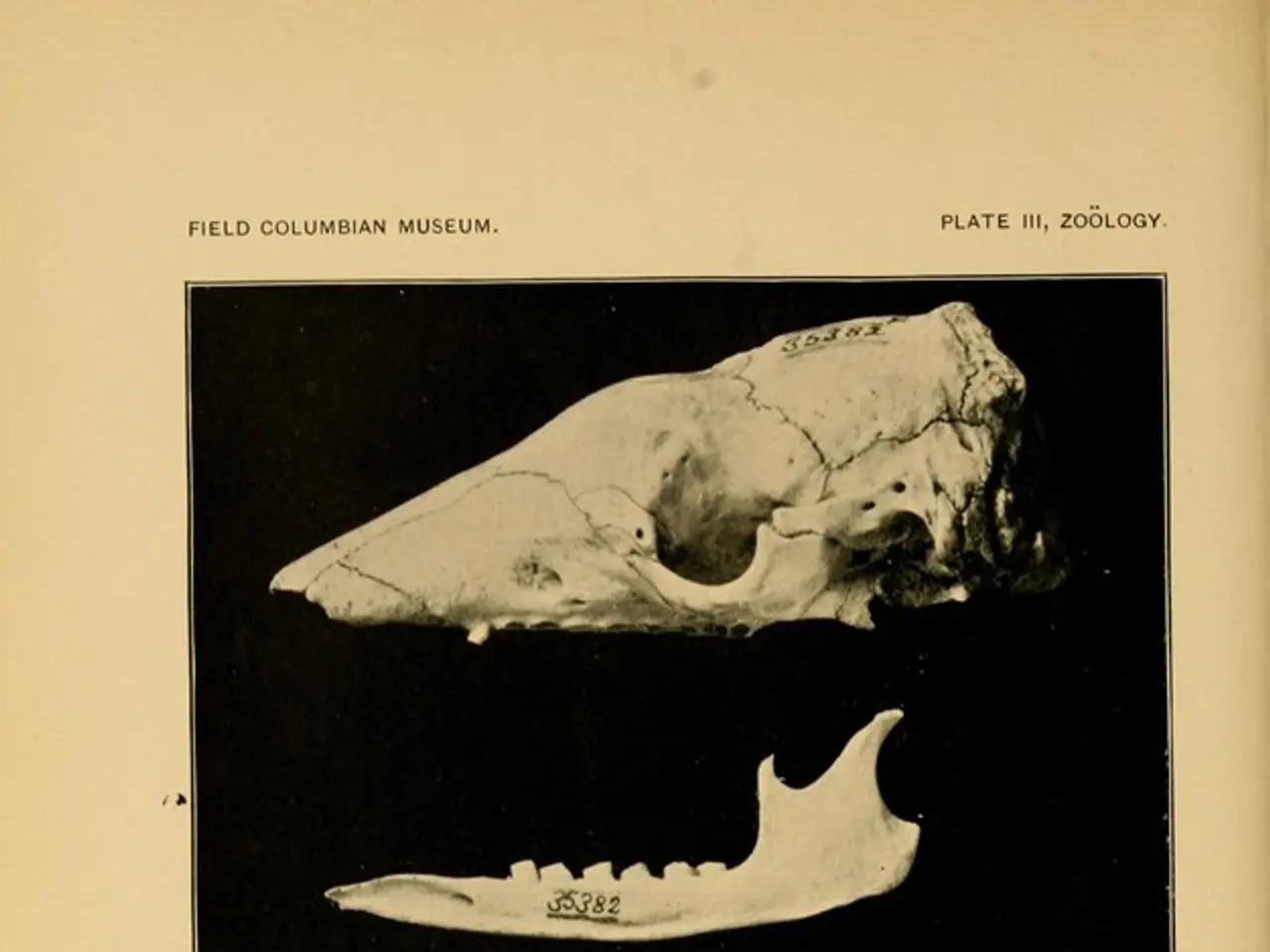Resistance training aids in combat against osteoporosis.
Progressive resistance training has been found to be an effective way to increase bone mineral density (BMD), particularly in crucial areas such as the lumbar spine and femoral neck, thus helping prevent osteoporosis. This type of exercise works by applying mechanical stress to bones, stimulating bone growth and strength.
Studies, especially in postmenopausal women, show that moderate-to-vigorous intensity resistance exercise programs can increase or maintain BMD, especially when combined with calcium and vitamin D supplementation or medications.
The frequency of resistance training is typically recommended to be performed about 2 to 3 times per week. For instance, a 6-month supervised progressive resistance program conducted twice weekly demonstrated improvements in muscle mass and strength, which indirectly support bone health, though bone density gains may require longer or more intense interventions. Consistency and progressive loading—gradually increasing the exercise intensity—are key factors for effectiveness and safety.
The benefits of resistance training extend beyond bone health. It also improves muscle strength and joint stability, which reduces fall and fracture risk, an essential aspect of osteoporosis prevention.
For children between 6 and 17 years, the Centers for Disease Control and Prevention (CDC) recommends engaging in 60 minutes or more of moderate to vigorous exercise per day, with 3 days per week including muscle and bone-strengthening exercises.
In addition to resistance training, weight-bearing exercises such as walking, hiking, running, dancing, climbing stairs, and yoga are also beneficial for preventing osteoporosis. Regular resistance training, in combination with other types of exercise, can help increase bone density and likely prevent osteoporosis.
It's important to note that exercise may help offset bone loss and slow the progression of osteoporosis, particularly if diagnosed early. Adequate consumption of calcium and vitamin D, limiting alcohol, quitting smoking, checking medications for potential bone density effects, and treating underlying conditions are also crucial for bone health.
The American Academy of Orthopedic Surgeons (AAOS) advises exercising each major muscle group at least twice per week, with rests between workouts. Higher doses of resistance training or multiple types of exercise have been found to have the best results for improving bone density in older adults.
Resistance training involves moving against resistance, such as an object, gravity, or a person's body weight. Examples of resistance training include lifting weights, using resistance bands, and performing exercises such as pushups and situps.
A 2018 study found that regular physical exercise, including circuit training (a form of resistance exercise), increased bone mineralization and muscle strength in children ages 8-10 years. The amount of force that resistance training exerts needs to be similar to what a person typically encounters in everyday life to stimulate bone tissue formation.
In conclusion, progressive resistance training 2-3 times per week with gradual load increases is a recommended and effective approach to increase bone density and help prevent osteoporosis in adults, especially postmenopausal women. Combining resistance training with proper nutrition and, where appropriate, medication enhances outcomes.
- Progressive resistance training, which stimulates bone growth and strength by applying mechanical stress to bones, can help prevent osteoporosis.
- Studies show that resistance training improves muscle strength and joint stability, reducing fall and fracture risk, an essential aspect of osteoporosis prevention.
- For children between 6 and 17 years, engaging in 3 days per week of muscle and bone-strengthening exercises, such as resistance training, is recommended by the Centers for Disease Control and Prevention (CDC).
- Resistance training, when combined with proper nutrition, medication (where appropriate), and regular physical exercise, can likely prevent osteoporosis by increasing bone density.




